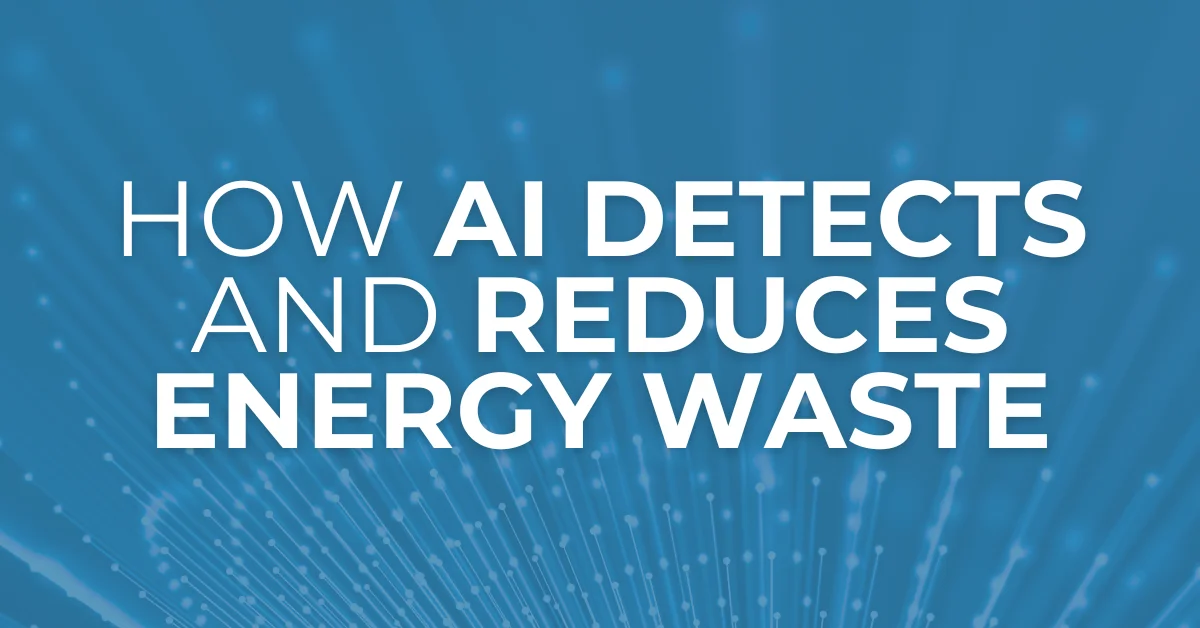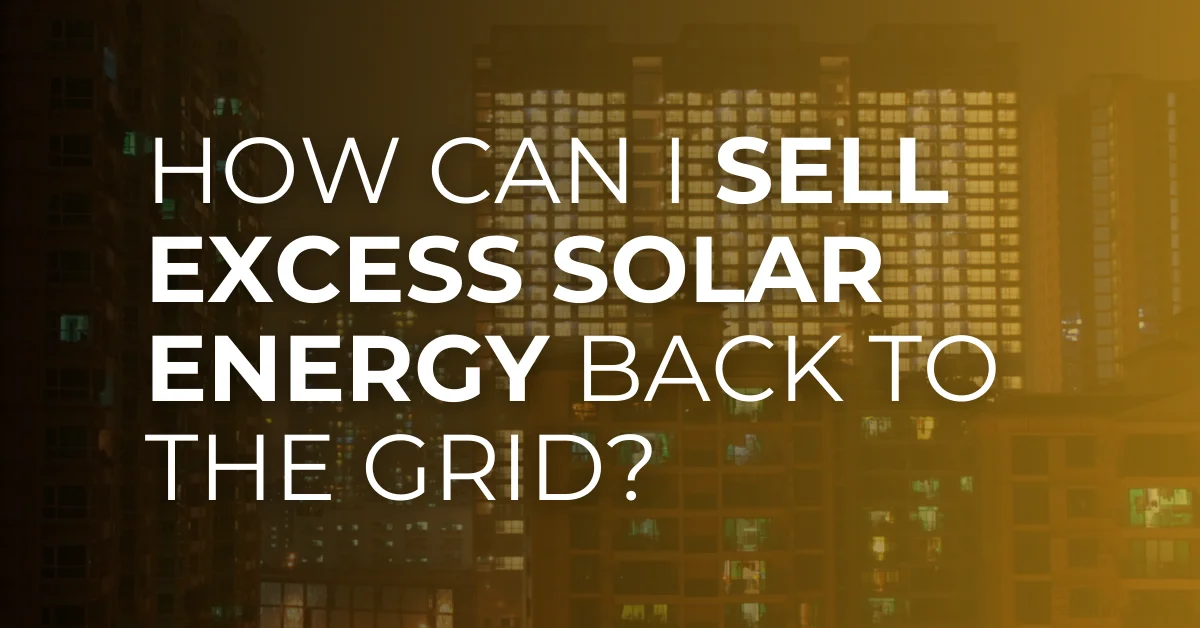Power outages are unpredictable, but their impact doesn’t have to be. For businesses, hospitals, campuses, and industrial facilities, even a brief disruption can mean lost revenue, halted operations, or—worse—risks to safety. The traditional power grid, while essential, simply wasn’t built to deliver uninterrupted power in today’s demanding energy landscape.
This is where microgrids and their ability to operate in island mode come into play. Island mode allows a microgrid to disconnect from the main grid and run autonomously, ensuring reliable, local power when it’s needed most. Whether the grid fails due to a storm, equipment failure, or an overload, island mode keeps your lights on and operations running seamlessly.
So, what exactly is island mode? How does it work, and why is it so important for energy resilience? Let’s break it down.
What is Island Mode?
At its core, island mode is a microgrid’s ability to disconnect from the main electrical grid and operate independently. When a disruption or failure occurs on the grid, the microgrid seamlessly “islands” itself, drawing power from its local energy sources—such as solar panels, energy storage systems, combined heat and power (CHP), or backup generators—to keep operations running without interruption.
Island mode allows facilities to function as self-sustaining energy islands, providing localized power to critical systems and infrastructure until the main grid stabilizes.
When Does Island Mode Activate?
Island mode can be triggered automatically or manually, depending on the situation. Here’s when it typically comes into play:
- Grid Failures or Blackouts
- Sudden outages caused by storms, aging infrastructure, or unexpected equipment failures.
- Island mode activates automatically, isolating the microgrid and ensuring continuous power delivery.
- Severe Weather Events
- During hurricanes, floods, or heavy storms, the risk of grid failure increases. Microgrids preemptively switch to island mode to safeguard operations.
- Intentional Disconnection
- Facilities may intentionally enter island mode for planned grid maintenance, testing, or to avoid high energy costs during peak demand hours.
- Grid Instability
- If the main grid experiences voltage fluctuations or power quality issues, the microgrid isolates itself to protect connected systems and equipment.
How Island Mode Works
Island mode operation is powered by the intelligence and flexibility of a microgrid controller, which acts as the “brain” of the system. When a grid failure or instability is detected, the microgrid controller automatically triggers a seamless transition into island mode.
Here’s a step-by-step breakdown of how it works:
1. Grid Disruption is Detected
The microgrid’s control system continuously monitors the main grid for disruptions such as:
- Voltage drops or spikes
- Frequency instability
- Total grid failure (blackouts)
The moment instability is detected, the controller initiates the islanding process, disconnecting the microgrid from the main grid at the Point of Common Coupling (PCC)—the connection point where the two systems meet.
2. Seamless Disconnection
The microgrid shifts into island mode almost instantaneously to ensure no interruption in power supply.
- Backup energy sources like solar panels, batteries, and generators are activated to keep operations running.
- The microgrid controller rebalances energy flow within the system, prioritizing critical loads (like medical equipment, servers, or production lines) to ensure reliable power distribution.
This transition is seamless, meaning equipment and operations remain unaffected—even during a grid failure.
How Island Mode Works
Island mode operation is powered by the intelligence and flexibility of a microgrid controller, which acts as the “brain” of the system. When a grid failure or instability is detected, the microgrid controller automatically triggers a seamless transition into island mode. Here’s a step-by-step breakdown of how it works:
1. Grid Disruption is Detected
The microgrid’s control system continuously monitors the main grid for disruptions such as:
- Voltage drops or spikes
- Frequency instability
- Total grid failure (blackouts)
The moment instability is detected, the controller initiates the islanding process, disconnecting the microgrid from the main grid at the Point of Common Coupling (PCC)—the connection point where the two systems meet.
2. Seamless Disconnection
The microgrid shifts into island mode almost instantaneously to ensure no interruption in power supply.
- Backup energy sources like solar panels, batteries, and generators are activated to keep operations running.
- The microgrid controller rebalances energy flow within the system, prioritizing critical loads (like medical equipment, servers, or production lines) to ensure reliable power distribution.
This transition is seamless, meaning equipment and operations remain unaffected—even during a grid failure.
3. Local Power Generation and Energy Storage
Once in island mode, the microgrid generates and manages power locally:
- Renewables (Solar/Wind): Continue to generate power where available.
- Energy Storage Systems: Batteries discharge stored energy to cover gaps in generation or demand.
- Backup Generators: Fuel-based generators, such as natural gas or diesel, activate when renewables and storage cannot meet demand.
This multi-layered energy supply ensures consistent power, even if one source becomes unavailable.
4. Energy Balancing in Real-Time
The microgrid controller plays a vital role in balancing supply and demand during island mode operation:
- It optimizes the use of available resources to prevent overloading or under-powering the system.
- Critical loads are prioritized to ensure essential systems like lighting, HVAC, and equipment stay operational.
- Non-essential loads (e.g., decorative lighting, peripheral systems) can be temporarily reduced or shut down to conserve energy.
This real-time energy management guarantees that power is distributed efficiently across the connected facilities.
5. Reconnection to the Main Grid
Once the main grid stabilizes, the microgrid controller evaluates grid conditions to determine when it’s safe to reconnect. The reconnection process involves:
- Synchronizing the microgrid’s voltage and frequency with the main grid.
- Gradually reintroducing grid power while scaling back local generation and energy storage.
- Resuming normal operations with no downtime or disruptions.
The transition back to grid-connected mode is as seamless as the initial islanding process.
Why Island Mode is Critical for Energy Resilience
Power disruptions—whether caused by severe weather, grid failures, or aging infrastructure—can halt operations, disrupt essential services, and result in significant financial losses. For hospitals, data centers, and manufacturing plants, even a momentary outage can mean risks to safety, damaged equipment, or tens of thousands of dollars in downtime costs.
Island mode ensures these disruptions don’t happen by allowing microgrids to disconnect from the main grid and operate autonomously. By relying on local energy generation and storage, critical systems stay online, production continues, and essential services remain uninterrupted.
Beyond emergencies, island mode gives organizations greater control over their energy supply. Facilities can intentionally island during grid instability, planned maintenance, or peak demand hours to optimize costs and protect their infrastructure. By combining resilience, flexibility, and cost-efficiency, island mode makes microgrids a smart, forward-thinking solution for businesses and communities that need reliable power—no matter the circumstances.
Is Island Mode Right for Your Organization?
Determining whether island mode—and a microgrid system overall—fits your organization’s needs comes down to understanding your energy priorities and vulnerabilities. Start by asking:
- Do you rely on uninterrupted power for critical operations?
Hospitals, data centers, and manufacturing facilities cannot afford downtime. If power interruptions pose risks to safety, productivity, or finances, island mode is a must. - Are grid outages or disruptions a recurring challenge?
Facilities in areas prone to severe weather, aging infrastructure, or unreliable grid conditions benefit significantly from the resilience microgrids provide. - Do energy costs impact your bottom line?
By optimizing local energy generation, managing peak demand, and reducing reliance on expensive grid power, island mode allows you to control energy expenses. - Are sustainability and energy independence priorities?
Microgrids seamlessly integrate with renewables like solar and battery storage, providing clean energy while reducing dependency on external power providers.
If you answered “yes” to any of these questions, a microgrid with island mode can deliver the resilience, control, and cost efficiency your organization needs.
Conclusion:
Island mode is more than just a feature of microgrids—it’s a game-changer for businesses, communities, and facilities that rely on continuous, reliable power. Whether you’re safeguarding critical operations, minimizing downtime, or optimizing energy costs, island mode ensures you’re prepared when the grid fails.
To fully understand how microgrids work and the value they bring, we recommend exploring The Ultimate Guide to Microgrids. This comprehensive resource dives deeper into how microgrids operate, their benefits, and how they can transform your energy strategy.
If you’re ready to take control of your energy future, Insight Distributed Energy is here to help you design a solution tailored to your needs.




